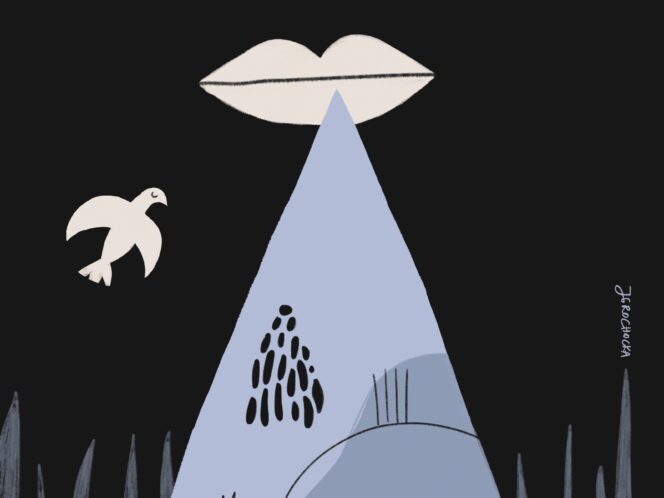
Arne Næss, a Norwegian philosopher, created the concept of deep ecology. Already half a century ago, he was writing that anthropocentrism had to be rejected. He proposed a better order for the world, in which all forms of life have equal rights. How did he come up with it?
Norway is different somehow. They learn to segregate their rubbish in school, 98% of energy comes from renewable sources and sales of electric cars outnumber those with internal combustion engines. The Norwegians aim to reach climate neutrality at the end of this decade.
Norway is also the fatherland of deep ecology: almost half a century ago, Arne Næss introduced an idea that redefined humanity’s place on Earth. Instead of the anthropocentric approach, in which everything revolves around the human, the Norwegian philosopher proposed a biocentric approach which assumes that every being has intrinsic value and has the right to live and develop.
But the thoughts of Næss, who died in 2009, went far beyond care for the natural environment. He simply believed that the world is badly organized, and asked how we can change this.
The mountain: a great, good father
“Arne Næss, a 38-year-old professor of philosophy at the University of Oslo and a member of the Norwegian Alpine Club, has been dreaming of high mountains for years,” wrote Bolesław Chwaściński in the Polish climbing magazine Taternik in 1962. “On the advice of Professor Morgenstierne, who in 1929 studied the local languages near Tirich Mir, Næss chose this peak as the destination of the Norwegian expedition, and began his preparations with reconnaissance.”
At 7708 metres, Tirich Mir is the highest mountain in the Hindu Kush, a mountain range that lies on the border of Pakistan and Afghanistan, and the highest peak outside the Himalayas and Karakorum. In Næss’s biography, reaching this peak (he was the first to do so) barely figures, but it shows his exceptional relationship with mountains. “Great feats at high altitudes are valuable not because you have to overcome various obstacles presented by the mountains, but because they allow us to appreciate their greatness and beauty,” he said in describing the expedition. “We dedicate our efforts to the mountains.”
Arne Dekke Ei








